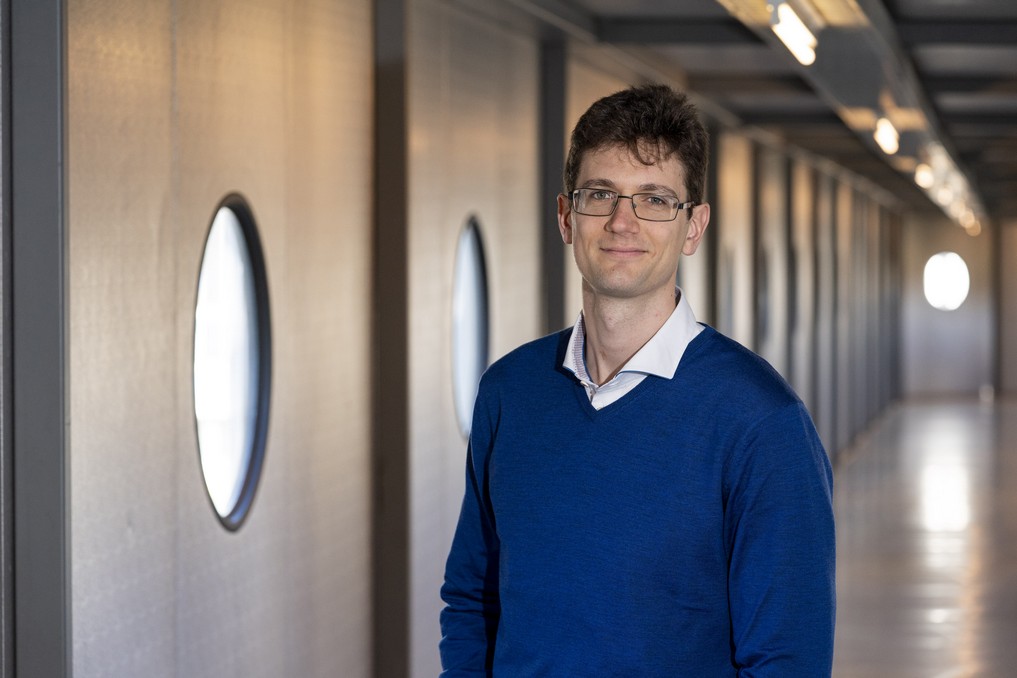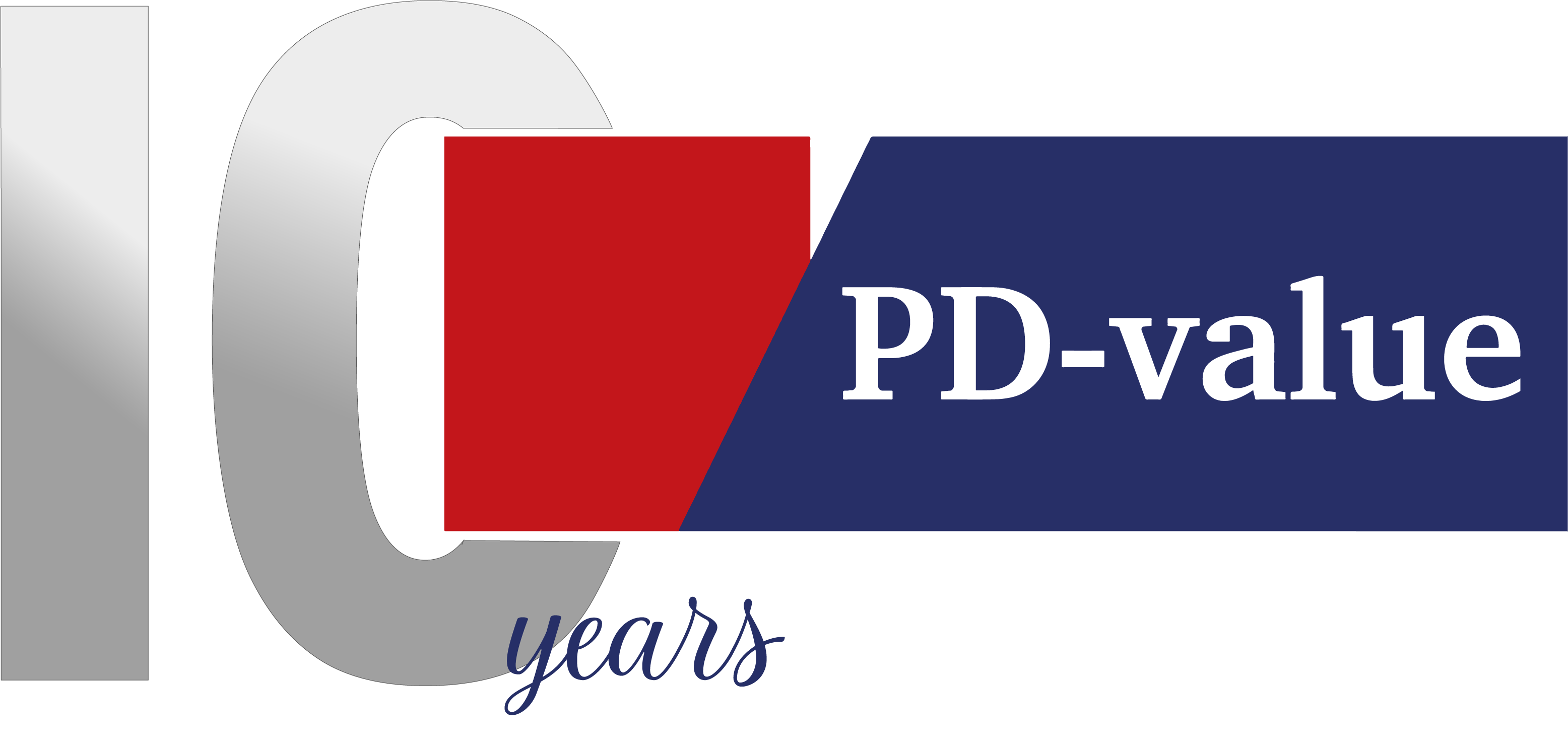It is the Holiday Season with festivities and celebrations in many cultures all around the world. No wonder why it is such a special time of the year. It is also the time to reflect on the past year and our experiences. It has been a year with many challenges around the globe, including the business world, but it was a year with positive aspects as well, and for that, we are grateful. We also would like to say ‘Thank You’ to our clients, collaborators, business partners, each team member and everyone who has been a part of our journey and made it very special. We wish you all a Happy Holiday Season and a great New Year!

Highlights of 2022
We are travelling again!
PD-value contributed to our community by sponsoring important events
The World is opening its doors again, and the PD-value team made full use of it. This year we attended conferences and industry events in Ljubljana, Bergen, Denver, Innsbruck, Berlin, Barcelona and more. Two themes became evident during our travels; we missed being among real people and are more mindful about our traveling. PD-value sponsored important conferences and events this year with the intention of contributing to our (modeling) community and industry. We attended major Systems Biology conferences this year as well. It has been a year full of learning and reconnecting. We summarized major trends and developments in our Systems Biology blog. You can read it here. We were happy to see you and look forward to seeing you again in 2023!
PD-value is a partner in QSPainRelief H2020 Project
QSPainRelief is an EU-funded H2020 project focusing on developing personalized and more effective treatments for chronic pain. The consortium consists of experts in the fields of chronic pain, pharmacology, pharmacogenomics, personalized medicine, systems biology and in silico modeling. PD-value has been a partner since the beginning of the project, and we anticipate that the results will provide more and better options for patients dealing with chronic pain. Please read the press release to learn more about QSPainRelief. Follow us and QSPainRelief on LinkedIn for the latest news about the project.
Meet the team – Csaba Katai

Csaba, can you tell us a little about yourself and your background?
I am a Hungarian national from a town called Szeged. I attended a specialized biology class in high school, to which I owe a great deal as it set me up for a scientific career. We were very much oriented towards science competitions from an early age. Following my Head of Class’ suggestion to apply to universities abroad, I ended up getting accepted at the Chemical Engineering Department at the University of Cambridge in the UK.
How did a chemical engineer from Cambridge end up in pharmacology?
During my undergraduate studies, I became quite interested in fluid mechanics. This spurred me to pursue a PhD degree focused on the topic at Imperial College London. I think it was a great training program that offered a wide range of academic and industry-driven PhD topics. Eventually, I worked on describing certain boundary layer flows, and coherent structures in turbulent mixing layers and wakes using asymptotic methods, which I believe are very helpful in many areas of science, not only in mathematics. In my opinion, when it comes to mechanics, they are state-of-theart techniques to deal with complicated systems of differential equations — especially those that have a wide range of characteristic spatial or temporal scales. Usually, these systems of equations cannot be solved as they are by the traditional pen-and-paper method, so they are either reduced to something manageable or solved numerically instead. Asymptotic techniques help you dissect what effects are important at what spatial or temporal scales, this way reducing the complexity of the problem. To give you a classic example from fluid mechanics: viscous effects in the air flowing over an aeroplane wing are negligible `far away’ from the surface of the wing; however, they become important close to it. On the other hand, when dealing with systems of ordinary differential equations, such as those describing a network of chemical reactions, the techniques can help us identify which compound concentrations are at a quasi-steady state or are negligible at what time scale. They can also help in resolving issues related to stiff equations. I am happy that since finishing my PhD, I found a great place, PD-value, where I can use these techniques to guide the model development process and highlight also the key effects that can come into play at what time scale in different Quantitative Systems Pharmacology and PD models.
You already took us there to a certain level, which fits nicely with my next question. Can you explain to us your job at PD-value? How does your day look like?
I wake up at around 5.30 am, as I have quite a long commute. Usually, I use up that time to either work a little bit or read a book not related to work. When I get in at work, I first check our internal communication channels, my emails and my calendar. Then the rest of the day, I mostly do maths! (Laughing). I realize it is quite a broad term, but it boils down to that. When it comes to my job at PD-value, I would divide it into two to explain it clearly. One aspect of my job involves running ‘finished’ models, where the task is to vary input parameters and observe the model output, i.e. perform `numerical experiments’ or ‘in silico experiments’. The other part of my job involves developing models. I prefer models which are derived from first principles, using well-established building blocks. I prefer developing mechanistic models over empirical ones as the former are more likely to capture the physical effects underlying the problem and are more scalable.
What do you think is your biggest contribution to the projects you are involved in, and can you make a connection with the outside world?
I am at the very beginning of the drug development process. I am working on the dynamics of how a certain drug reacts with certain receptors via a network of chemical reactions. I don’t always know what my impact will be immediately compared to clinical pharmacologists, for instance, who are closer to the end product. In addition, most of my work is rather theoretical. In terms of my contribution, I feel like I contribute much more from the mathematical perspective. I either build models from scratch or asymptotically reduce a more complicated model thought to describe the physical process. Thereby, I get the chance to avoid including negligible terms in the equations, so my models tend to be fairly simple yet informative as they capture those and only those terms that are important.
What are you most passionate about in your work?
The theory, for sure, the maths associated with it, and less about the numerics and I will leave it at that (both laughing).
What about challenges? What do you think are the biggest challenges in modeling, specifically the PK-PD modeling field?
I see the biggest challenge to be the data. We need clearer, more reproducible and reusable data. Of course, this is usually difficult to obtain as biological systems show a great deal of variation.
Finally, can you tell us about yourself outside of work? What do you enjoy doing most? What are your hobbies? Is there anything you are passionate about outside of work?
Food is one of my hobbies. I like food. Not only eating but also cooking, and trying new things like new cuisines. I am passionate about family. Spending time with and caring for my immediate family makes me very happy. I do enjoy reading occasionally, especially during my commute! I do tend to prefer classics, but I also have a specific taste in books. At the moment, I am reading Alexis de Tocqueville, a French diplomat who served as Minister of Foreign Affairs in the 1840s. He is best known for “The Ancien Régime and the Revolution”, which is what I am reading at the moment. It addresses the lead-up to the French Revolution at the end of the 18th century. The other is “Democracy in America”, which I hope to read in the future. It is recognized as one of the best works on US Democracy at the start of their independence. I have a few other authors I have liked so far; for example, Heinrich Böll, Dostoevsky, Turgenev, Bulgakov, and the Hungarian author Sándor Márai.
Thank you very much for letting us look into your journey; into the life of a modeler who is passionate about math and who has a distinct taste in literature.
